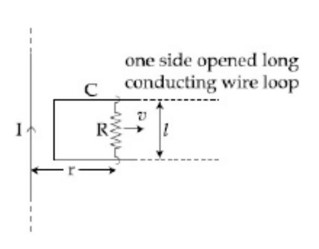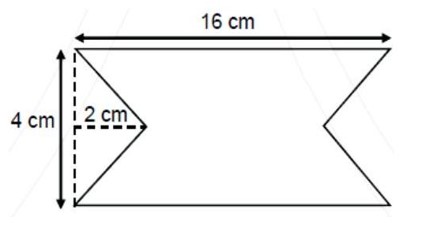Electromagnetic Induction
Get insights from 124 questions on Electromagnetic Induction, answered by students, alumni, and experts. You may also ask and answer any question you like about Electromagnetic Induction
Follow Ask QuestionQuestions
Discussions
Active Users
Followers
New answer posted
3 months agoContributor-Level 10
For a rotating loop, the induced emf is ε = ε? sin (ωt), where the peak emf ε? = NABω.
Here, Area A = πab. The number of turns N = 1.
So, ε? = B (πab)ω
The average power loss due to Joule heating in a resistor R is given by:
P_avg = (ε_rms)² / R
Where ε_rms = ε? /√2
P_avg = (ε? ²/2) / R = (B (πab)ω)² / (2R) = π²a²b²B²ω² / (2R)
New answer posted
3 months agoContributor-Level 10
Flux as a function of time Φ = B.A = ABcos (ωt) emf induced,
e = -dΦ/dt = ABωsin (ωt)
Maximum value of emf = ABω = πR²Bω
= 3.14*0.1*0.1*3*10? * (0/0.2) = 15
New question posted
3 months agoNew answer posted
3 months agoContributor-Level 10
As magnetic field lines always form a closed loop, hence every magnetic field line creating magnetic flux in the inner region must be passing through the outer region. Since flux in two regions are in opposite direction,
New answer posted
3 months agoContributor-Level 10
At any time ![]()
e will be maximum when is
e will be minimum when is
So, answer will be (1).
Taking an Exam? Selecting a College?
Get authentic answers from experts, students and alumni that you won't find anywhere else
Sign Up on ShikshaOn Shiksha, get access to
- 66k Colleges
- 1.2k Exams
- 680k Reviews
- 1800k Answers



